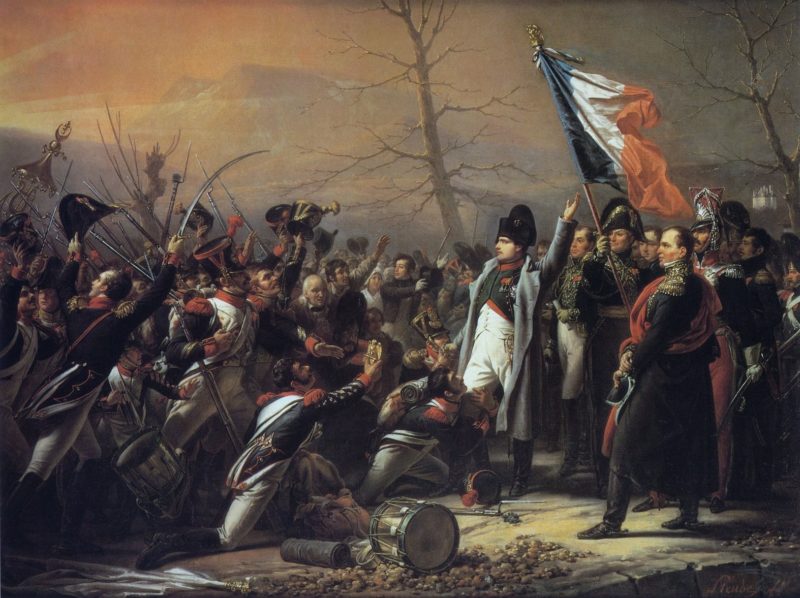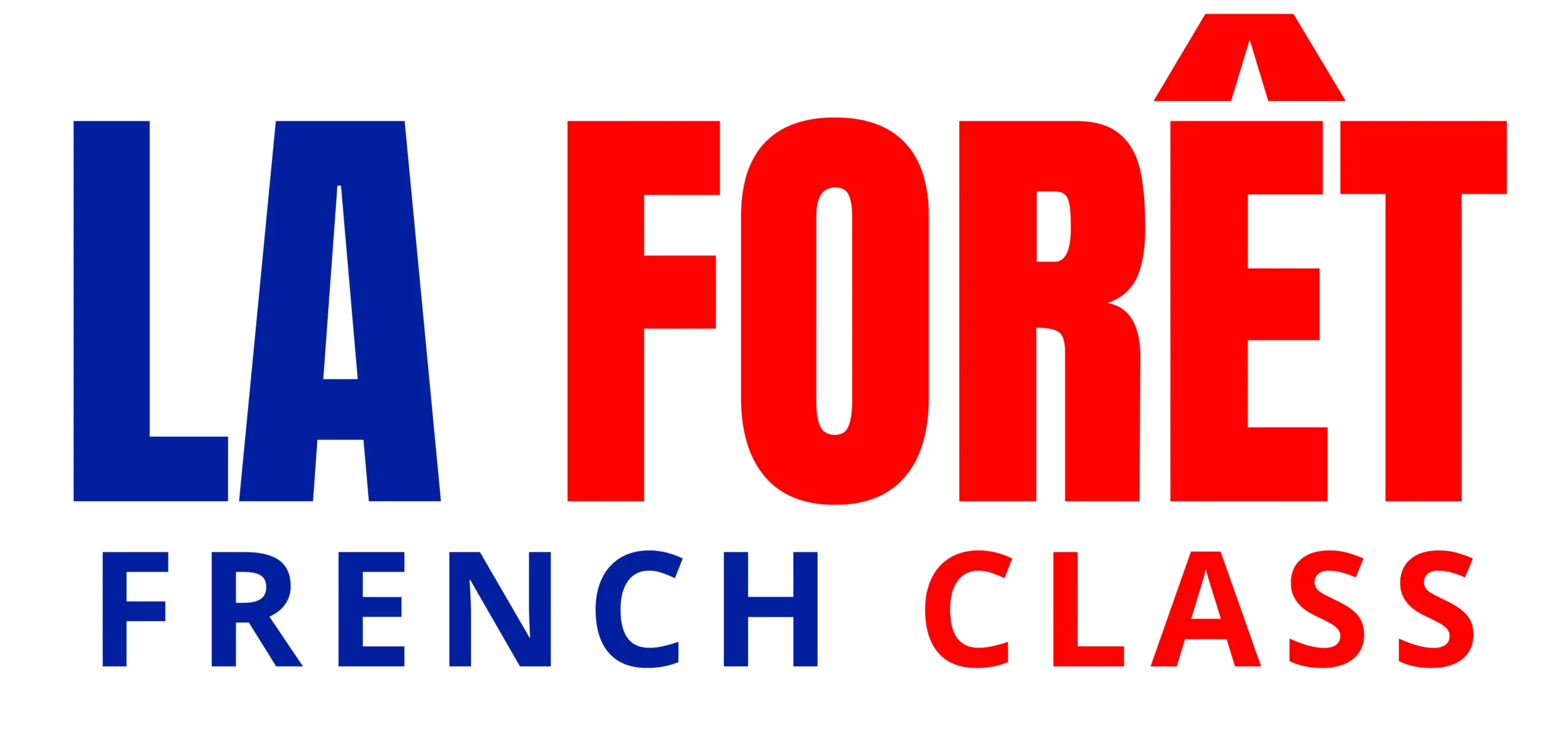To better understand the history of the French language, let’s take a trip back in time and understand how it has become what it is today.

Table of contents
The Roman Connection: the French language origin
- The history of the French language begins with the Romans. The Romans, when they came to what we now call France, brought with them the language called Latin, which was introduced by the Roman occupation of Gaul in the 1st century BC.
- As time went on, this Latin mixed with the languages already spoken there, creating what we now know as Old French.
What changes were made to the French language in the Middle Ages?
- During the early mediaeval period, Old French experienced significant changes due to various influences, particularly the Viking invasions in the north of France, enriching French with new words and creating a unique linguistic blend.
- Additionally, the Norman Conquest of England in 1066 introduced numerous French words into the English language, leaving a lasting linguistic impact.
A Renaissance in the Middle Ages
- The Middle French period (14th to 16th century) brought about notable changes in pronunciation and grammar.
- This era was marked by cultural and literary advancements, particularly during the Renaissance, which significantly shaped the language.
- The works of iconic writers like François Rabelais and Michel de Montaigne played a crucial role in standardising the language, establishing a more uniform grammar and vocabulary.
The Protectors of the French Language
- In the 17th century, people felt the need to protect and keep the French language pure.
- So, they created the Académie Française, and they worked hard to make the first official French dictionary in 1694.
- This was a big moment in the history of the language.

How was the French language spread around the world?
- By the 18th century, French had become a language of smart thinking. Philosophers like Voltaire and Rousseau shared French ideas all over Europe, making it a language of culture and smart talk.
- French also spread to different parts of the world during colonial times, creating new versions of the language in Africa, Asia, and the Americas.
French in Africa:
- Algeria: French remains one of the official languages, and its influence is evident in legal and governmental contexts.
- Senegal: Wolof, the native language, often incorporates French words.
French in Asia:
- Vietnam: French influence in Vietnam is evident in the Vietnamese language, where many terms related to administration, law, and education have French origins.
- Cambodia: French has influenced the Khmer language with borrowed words and expressions.
French in America:
- Haiti: While French is the official language, Haitian Creole is widely spoken and demonstrates the cultural amalgamation during colonisation.
- Canada: French is one of the official languages of Canada, and the province of Quebec predominantly speaks French, showcasing the enduring influence of French settlers.
Today’s French
- Nowadays, French is not just spoken in France. It’s used in many countries as an official or second language.
- It’s even one of the official languages of big international groups like the United Nations and UNESCO.
Conclusion
From its beginning in Latin to its important role in the world today, French has always adapted and grown. Its story shows how a language can leave a big mark on the world.
